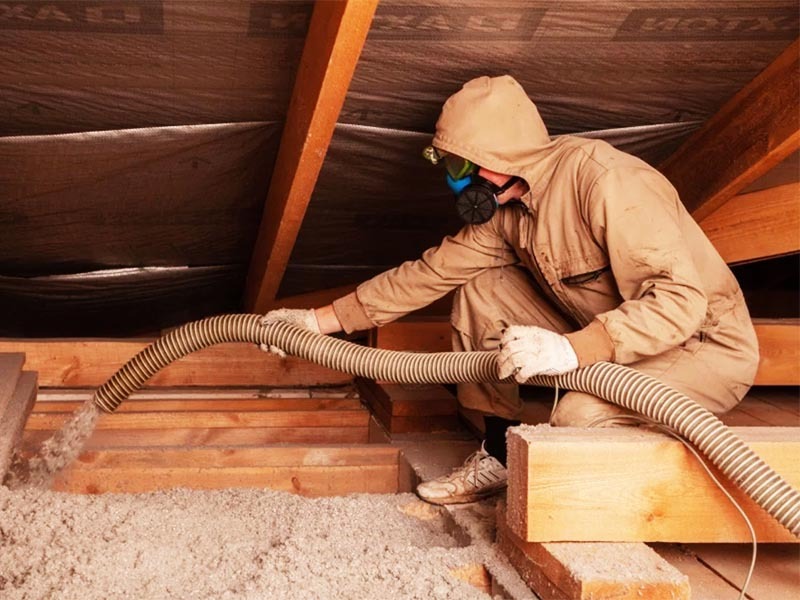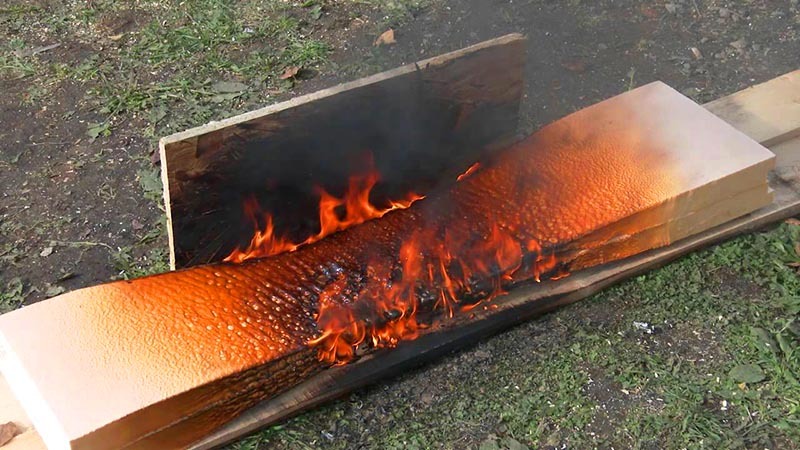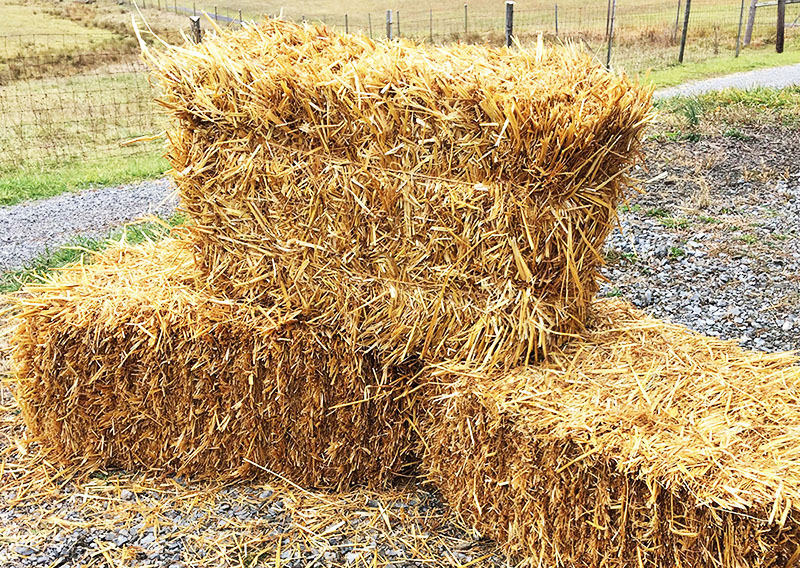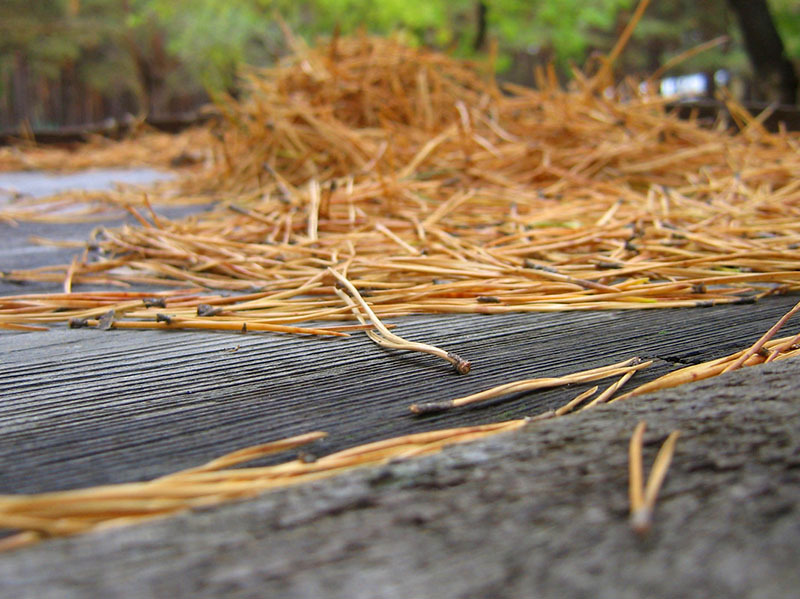Is it really possible to build something for free? Any construction is costly. Building materials can now be found for every taste and for the most picky requirements. Everywhere you look - all high technologies and the same prices. So those who are forced to save money return to materials that have been tested by centuries and experience of generations, not so expensive, and sometimes even free at all. Yes, do not be surprised, you can find free materials for construction. Today we will talk about such a heater.
Read in the article
- 1 Honestly about modern heaters
- 1.1 Straw
- 1.2 Sawdust and needles
- 1.3 Peat and moss
- 1.4 What else can be used for insulation
- 2 Savings are trending now
Honestly about modern heaters
The nightingale trills of advertisers about modern heaters delight the ear and empty wallets. But wait, who tested their so-called benefits? Let's start with the warranty periods of use. With a sweeping gesture, manufacturers measure out a 50-year warranty on their know-how. And only in small print (where you will not see for sure) they write that there are, they say, no standards for the duration of the operation of heaters. And who will check it? Basically, wait half a century to poke their noses? Meanwhile, the technologies that were used by our ancestors are really tested, not only for years - centuries.

If you do not do the laying of this material with your own hands, but invite a company, then this is literally a swindle, because the more air when laying, the less raw materials, but the worse the quality.
Foams and their siblings serve no more than 20 years. They trap moisture in building materials, which leads to dampness and self-destruction of wood, bricks and blocks.

Mineral wool is a favorite habitat for rodents, a sponge that absorbs moisture, and a poisonous source of formaldehyde that slowly poisons your body. It is not for nothing that it was banned in the European Union, and since it is made from production waste, where is all this slag now being taken and actively advertised? You know the answer yourself.
Is it worth reinventing the wheel
Against the background of such facts about modern heaters, you involuntarily pay attention to natural and time-tested materials. And if, in addition to everything else, they also get you for a penny or even free of charge, then this is a great bonus. Let's figure out what you can use.
Straw
This good is full in all fields, and it has long been used for insulation. Just to do this, the straw must be properly prepared. In order to prevent the insulation from rotting, bales of straw are kept in a 10% solution of copper sulfate, and then dried in the sun. The bales need to be tied with a nylon rope, because the wire will rust.

Straw is a versatile insulation, it can be used not only for the ceiling and floor, but also for the walls. The so-called adobe, a mixture of clay and straw, has been and is being used in almost all regions.
Sawdust and needles
You can buy sawdust at your nearest sawmill. It usually costs a penny.

Sawdust and / or pine needles are also mixed with clay and this composition is used to insulate roofs of houses and baths, floors and, if necessary, walls. You can not add clay, but simply mix fluff lime into the sawdust. And they will not rot, and will last a very long time.
Peat and moss
Dry peat is a perfect insulation material. It is also better to add lime to it for better preservation.

What else can be used for insulation
In fact, our ancestors did not use anything, and with success. In old houses, during reconstruction, they find the husks of seeds, oak leaves, and even, you will not believe - the tops of anthills. But these options look too extravagant.
Savings are trending now
Fashion leaves and comes, but practicality remains. And the listed natural materials just meet this requirement. And besides, they are effective and do not harm your health. And what is nice - either free or literally a penny cost.
To complement - here is a small video on the practice of using natural insulation:
Which of the heaters, in your opinion, is the most effective? If you have experience with such materials, share it in the comments!
